Why Belgian vets are saying yes to objective gait analysis
Top Belgian equine veterinarians are clear: Objective gait analysis is becoming as essential as X-rays.
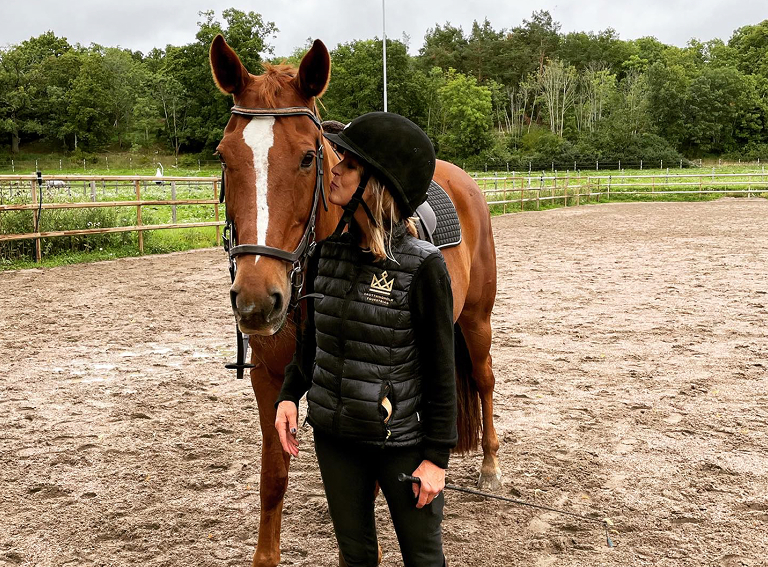
As horses age, their care needs change. Subtle shifts in movement, appetite, or behaviour can signal the need for adjustments, and it often takes close teamwork between owners, veterinarians, and other professionals to keep older horses comfortable and healthy.
We asked horse owner Justine Lagache and veterinarian Jonna Martinsson of Stockholms Hästklinik to share their experiences caring for 23-year-old Quebec, a retired school horse turned beloved companion. Together, they offer a heartfelt and practical perspective on what it means to support a horse in its golden years.
Justine: Quebec is a 23-year-old Oldenburger gelding. Our journey began seven years ago at Äppelvikens Riding School in Sweden. He quickly became my favourite to ride, but he was already nearing retirement from his riding school duties. When I was asked if I wanted to buy him, the answer was an easy yes, regardless of his age.
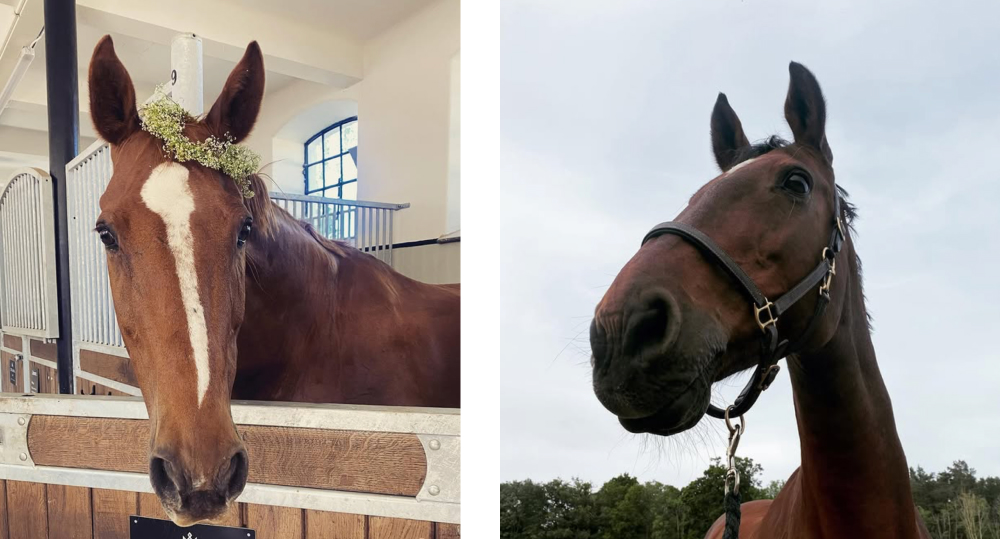
Justine: It’s been a constant process of learning, observing, and adapting. Quebec is still full of life, but at 23, it’s natural that his joints are starting to feel the years. My role now is to make sure these are truly his golden years. It’s less about my goals as a rider, and more about his comfort and our companionship. I work closely with my vet and farrier to adjust his care as the seasons change.
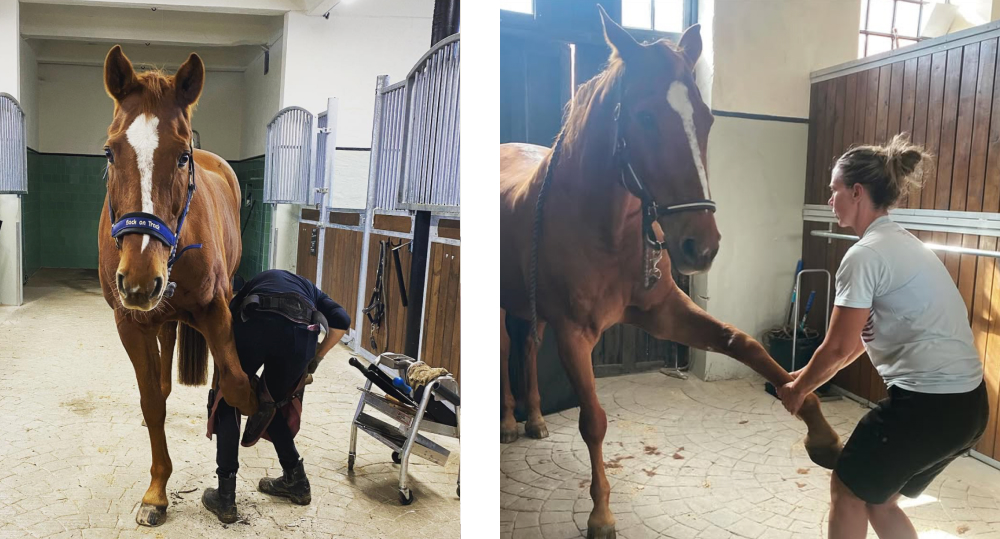
Justine: Don’t wait for something to go wrong – be proactive. Adjust your expectations and focus on what your horse can still enjoy doing. There’s so much joy in that.
Justine: When he was younger, Quebec trained regularly and even competed. These days, it’s all about keeping him comfortable and supporting his overall well-being
As with anyone with an older, loved horse, we’ve been through our share of veterinary treatments. But managing his health and well-being is so much more. For example, I’ve realised that plenty of turnout is crucial for keeping him mobile. I also keep a close eye on how he moves. I use Sleip with Jonna, our vet, to help track changes and decide when he needs treatment. He has a chronic stifle issue in his left hind, and sometimes it needs more attention.

It’s really a holistic approach. Social contact is just as important as physical care. When a mare from his old riding school was retiring — Colanda, the love of his life — I brought her home too. She’s now 28, and they’re inseparable. As much as I like to think I’m his best friend (he’s certainly mine), she clearly holds that title.
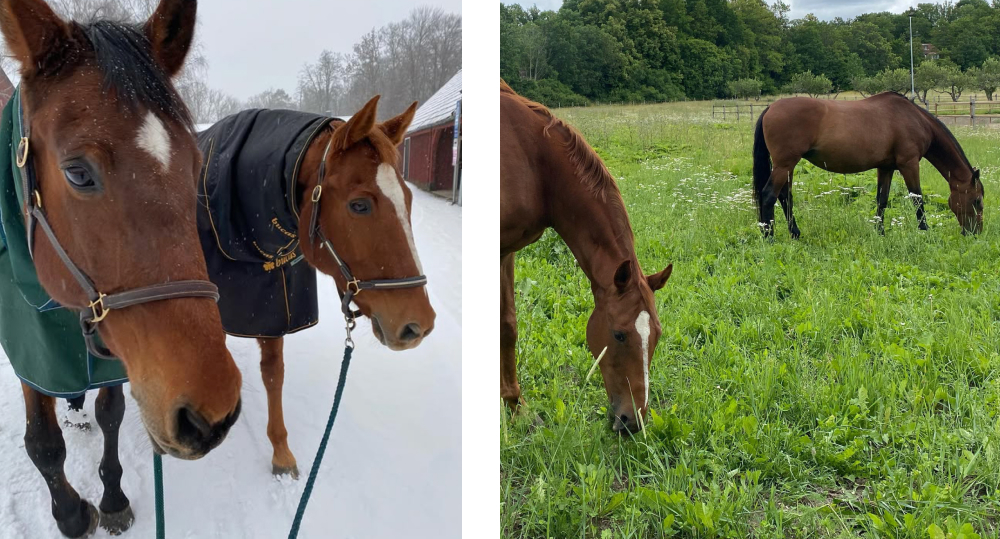
Justine: Absolutely. He still enjoys light work, but I take my cues from him. Some days he’s full of energy, other days we go for a long walk or focus on ground work. I do exercises to help maintain his flexibility and core strength. And surprisingly, some aspects of his movement have actually improved since I got him – he’s more mobile now than he used to be.
Justine: The unpredictability. Some days he looks amazing and I think we have many years ahead. Other times, I notice small signs that remind me of his age. Managing his weight is also a challenge – older horses can swing between gaining and losing weight – so I monitor his condition closely and adjust his feed as needed.
Justine: It’s bittersweet. I feel so lucky to still have him, but I’m also aware that time is passing. I try to focus on making his life as rich and enjoyable as possible. The bond we share has only deepened over the years, and I treasure every moment.
Justine: It’s never easy, but it’s important to be prepared. I’ve spoken with Jonna about what to watch for—loss of appetite, reduced mobility, lack of interest in his surroundings. If he ever reaches a point where his pain can’t be managed or his spark fades, I’ll know it’s time. My priority is to ensure he never suffers unnecessarily.
Justine: Be patient, be flexible, and build a good support team – vets, farriers, therapists—who understand the needs of older horses. Most of all, enjoy your time together. Senior horses have so much character and wisdom; they deserve to be truly valued every step of the way.
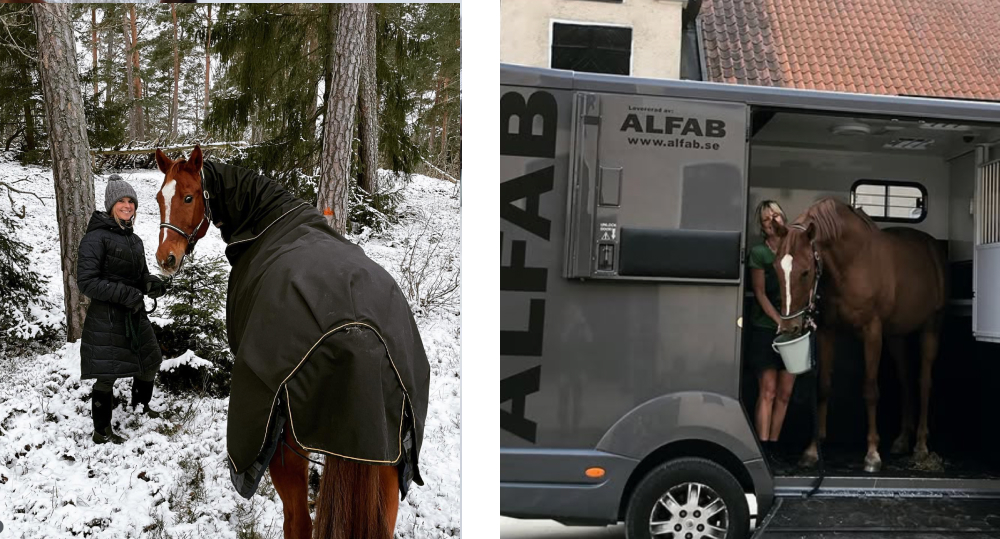
Jonna: It starts with a proactive mindset and an understanding of the horse’s history as well as what lies ahead. Horses with athletic backgrounds often carry the legacy of earlier injuries, which can affect their movement and well-being in later life. Many will have developed chronic osteoarthritis requiring long-term treatment strategies that reflect how the disease is likely to progress. Tendon and ligament injuries might call for adapted shoeing and carefully managed exercise. Often, there are several issues at play, so making good decisions about exercise becomes a complex but crucial task.
That’s why close collaboration with the owner is essential. We need to work together to monitor the horse's comfort, track how it responds to treatment, and adjust the care plan accordingly. An owner's insights into subtle changes in behaviour or movement are often the first clues that something needs attention.
For older horses, the goal must be to keep the whole body engaged. Therapies like chiropractic care can be very helpful, but only as part of a bigger picture. Ongoing dialogue between vet, farrier, chiropractor, and owner ensures a consistent and holistic approach.
Jonna: Definitely. The focus shifts away from returning to competition and towards long-term comfort and quality of life. In Sweden, where strict regulations limit treatment options for competing horses, we can actually do more once the horse is retired. Certain injectable treatments that would otherwise disqualify them from sport become viable options, giving us more freedom to focus on their well-being.
Jonna: Communication is key. Owners often have a strong emotional connection to their older horses, and they rely on us for honest, compassionate advice. It helps to talk openly about realistic expectations and to tailor care plans to both the horse and the owner. There’s no one-size-fits-all solution, but daily routines should include varied, rehab-style exercises to keep the horse physically and mentally engaged.
Jonna: Euthanasia is a difficult but sometimes necessary part of horse ownership. When the time comes, it’s important to ensure that all paperwork is in order—registration, insurance, and medical records.
Many owners choose to have the procedure done at home, either in the stable or the paddock, where the horse feels safe and calm. Others prefer to bring their horse to the clinic, often at the end of the day when it’s quieter. Either way, we give the owner time to say goodbye in a peaceful setting. The horse is first sedated to help them relax, followed by a final injection. The process is calm and handled with care and professionalism.
Wherever it takes place, our aim is always the same: to make it as respectful and compassionate as possible for both the horse and the owner.
Caring for older horses is both a clinical and emotional responsibility. With a proactive, collaborative, and holistic approach, we can help them stay comfortable, active, and valued well into their later years. These final chapters are not just about managing decline – they’re about honouring the relationship and continuing to support the horse’s well-being with care and dignity.
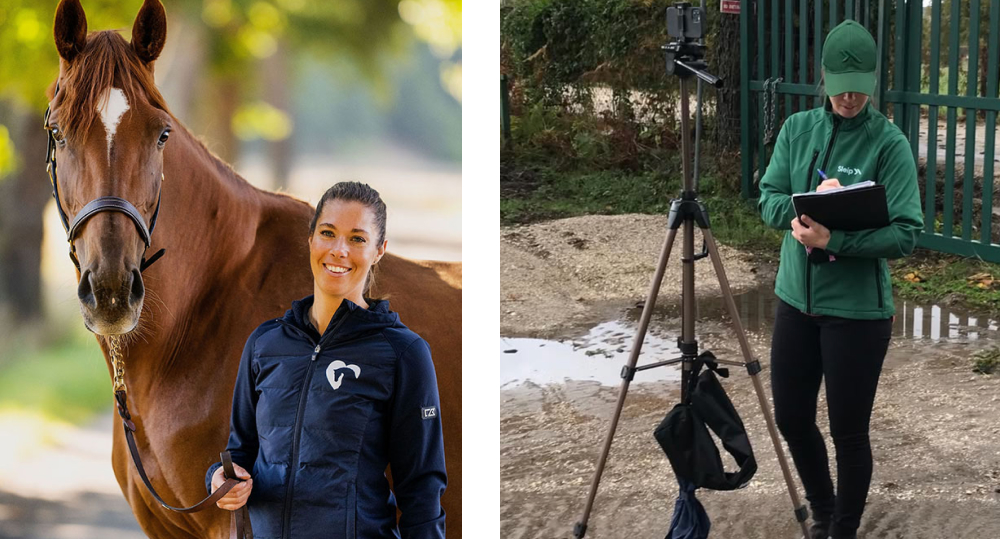
Jonna graduated in 2022 from the Swedish University of Agricultural Sciences (SLU Uppsala) and, during her studies, worked at equine clinics in both Sweden and the Netherlands. She has a number of special interests, including hooves and farriery, biomechanics, functional anatomy, preventive care, and rehabilitation of sport horses—all with the aim of taking a holistic view when investigating performance issues.
Before studying veterinary medicine, she worked for four years in the Netherlands riding and competing. Throughout her studies, she continued competing with her showjumpers, with her oldest currently competing at the 1.45m level. She is also a member of ISELP (International Society of Equine Locomotor Pathology) and an an IAVC certified veterinary chiropractor.

Top Belgian equine veterinarians are clear: Objective gait analysis is becoming as essential as X-rays.
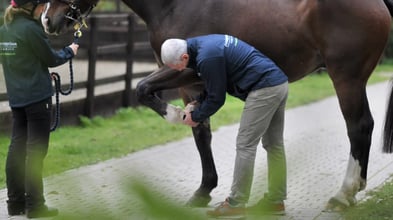
Giorgio Ricardi of Donnington Grove Equine Vets reveals how data-driven gait analysis enhances clinical decisions in complex lameness cases.
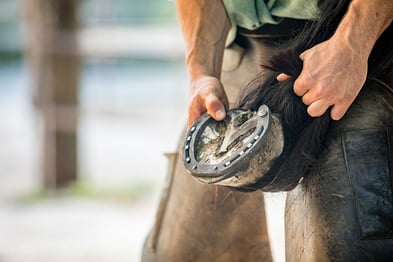
We sat down with UK Master Farrier Marc Jerram, who blends traditional skill with modern gait analysis to spot issues early and collaborate with vets on targeted solutions.